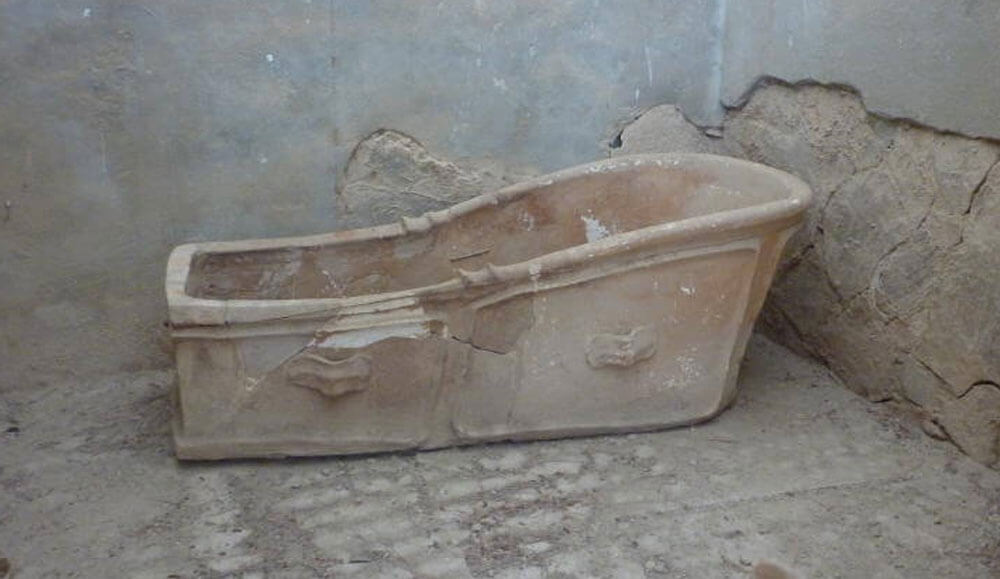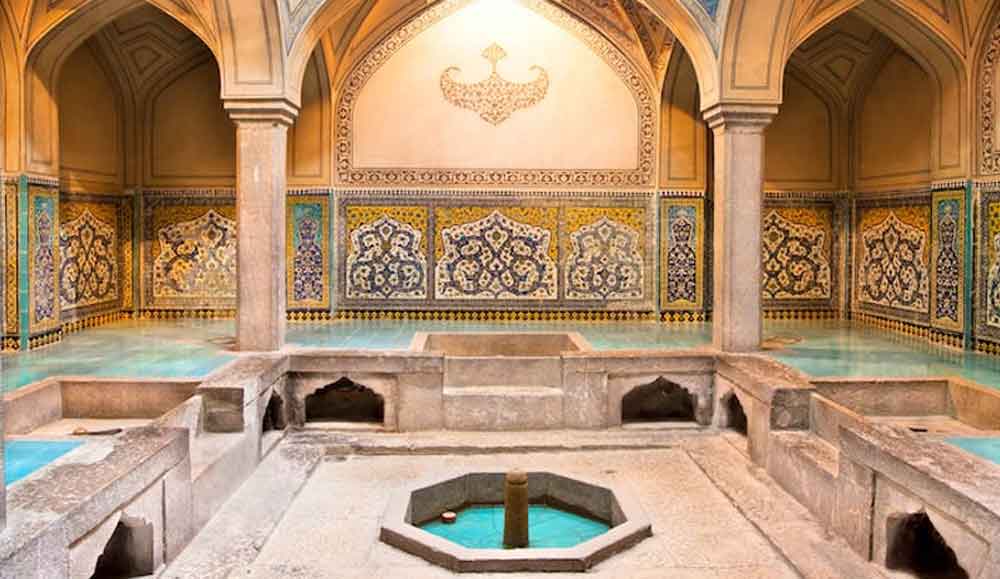- Monday 09:00 - 16:00
- Tuesday 09:00 - 16:00
- Wednesday 09:00 - 16:00
- Thursday 09:00 - 16:00
- Friday 09:00 - 16:00
- Saturday BY APPOINTMENT
- Sunday CLOSED
Today’s modern bathroom has been centuries in the making – a result of some clever innovations, and also major changes in beliefs, attitudes and social conditions. But from ancient times onwards, natural stone has often been a crucial part of the story.
Clearly humans have always needed toilet facilities and a way to keep themselves clean, but only in relatively recent times have the two functions have been brought together in one place. And the provision of bathroom facilities in private homes is also a fairly recent innovation too – previously, bathing was much more of a public pastime!
Bathe like an Egyptian?

The first recorded use of natural stone in bathing dates back to around 2500BC, when wealthy ancient Egyptians sat in limestone baths set in limestone tiles while their minions showered them with heated water. In those days, water had an important religious significance – used not only to clean the body, but also to purify the soul.
Ancient Greece
The Greeks viewed bathing as a very important part of their lives. Many ancient Greek excavations stand testament to this – with whole areas which were clearly designed for bathing, including stone or clay baths served by surprisingly advanced water supply and drainage facilities.
The oldest surviving stone bathtub is in the Palace of Knossos on the island of Crete – believed to date back to around 1700BC.
When in Rome – or Bath
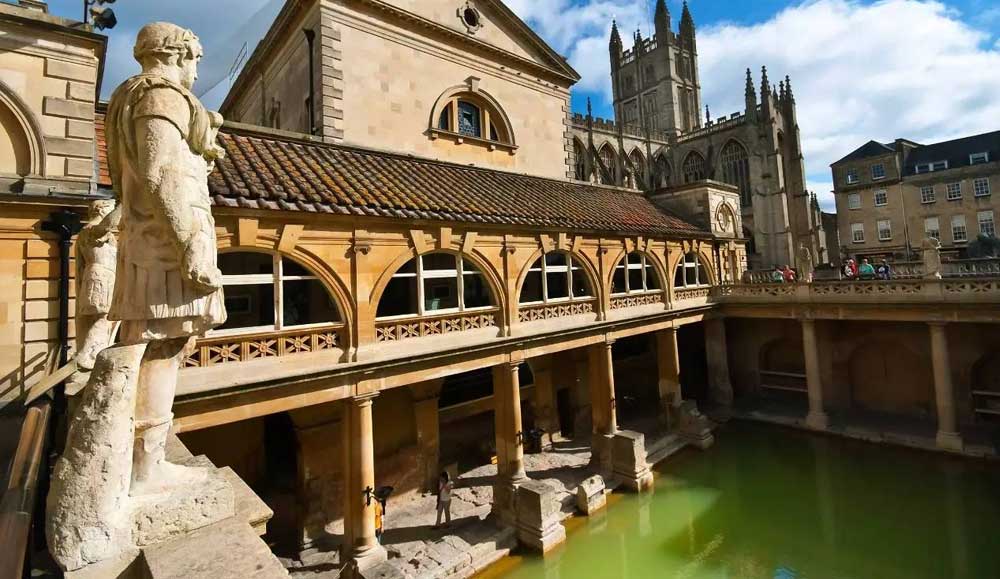
The Roman contribution to the history of bathing is well known. They came, saw and conquered – and constructed thermal baths wherever they went. Using the local stone, they created massive complexes dedicated to public bathing, relaxation and entertainment. A particularly good surviving example is the Roman Baths in the (very aptly-named) city of Bath in South-West England.
The Roman legacy in the Middle East
After the Romans, the tradition of public bathing slowly disappeared in Western Europe, but it continued to flourish in the Middle East, where ‘hammams’ – built of intricately decorated local stone – are still important cultural and social meeting places today. In medieval times, the prosperous city of Baghdad reportedly had 60,000 ‘hammams’.
Europe votes ‘No’

Public bathing enjoyed a bit of a renaissance in Europe during the 1100s thanks to crusaders returning from the East. But it soon fell out of favour again – especially when the ravaging plagues of the Middle Ages took hold. It was believed that bathing in water could spread disease – and given the rising population and lack of clean water, this was probably true! In England, Henry VIII closed down all the public bathhouses in 1546, citing them as the cause of sickness spreading.
The evolution of the modern bathroom
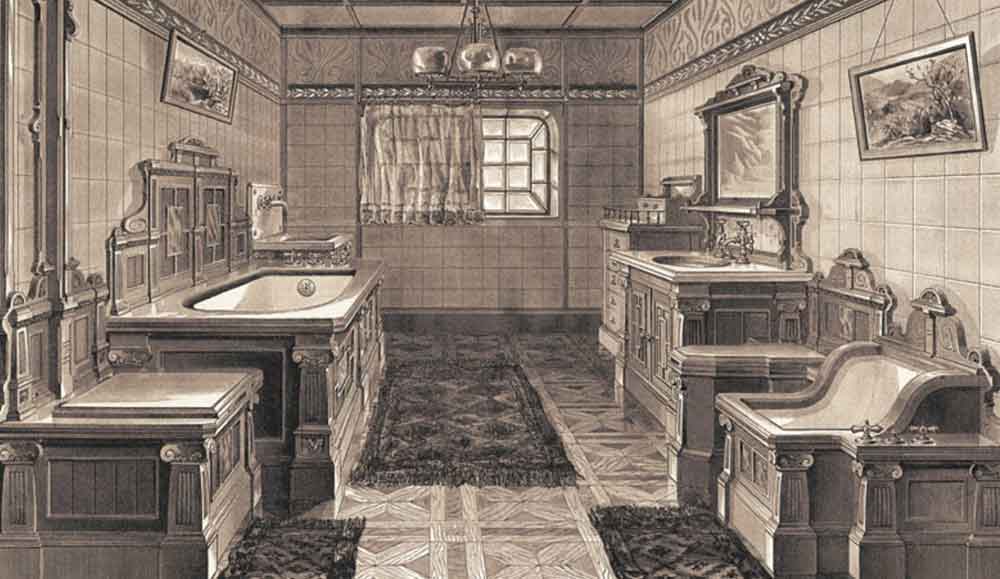
From the late 1700s onwards, new innovations and developments finally started to pave the way towards the modern bathrooms we know today.
Whilst the first flushing toilet was made for Elizabeth I back in 1596, it took another few centuries before it became a viable alternative to the chamber pot. The ‘S-bend’ wasn’t invented until 1775, allowing fresh water to sit in the toilet bowl. And it wasn’t until the mid-1800s that fresh water pipes and public sewers started to be installed – firstly in London and then in most other major UK cities.
This development was the catalyst for a major revolution in house design – with most new homes from the late 1800s onwards having bathrooms and toilets fitted as standard for the first time.
Returning to stone
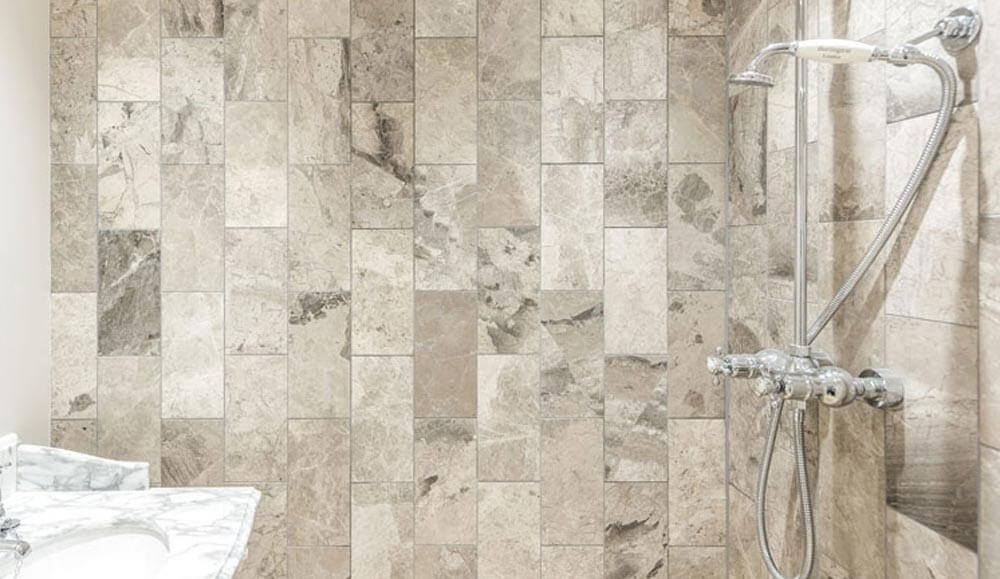
The creation of a completely new room in the house called for new, hygienic ways to decorate it. Without doubt, the most popular covering for walls and floors is bathroom tiles, and there’s obviously a massive range of tiling materials available these days.
But interestingly, more and more people are now following the lead of our ancient ancestors and opting for beautiful, robust natural ston flooring and wet room tiles.
